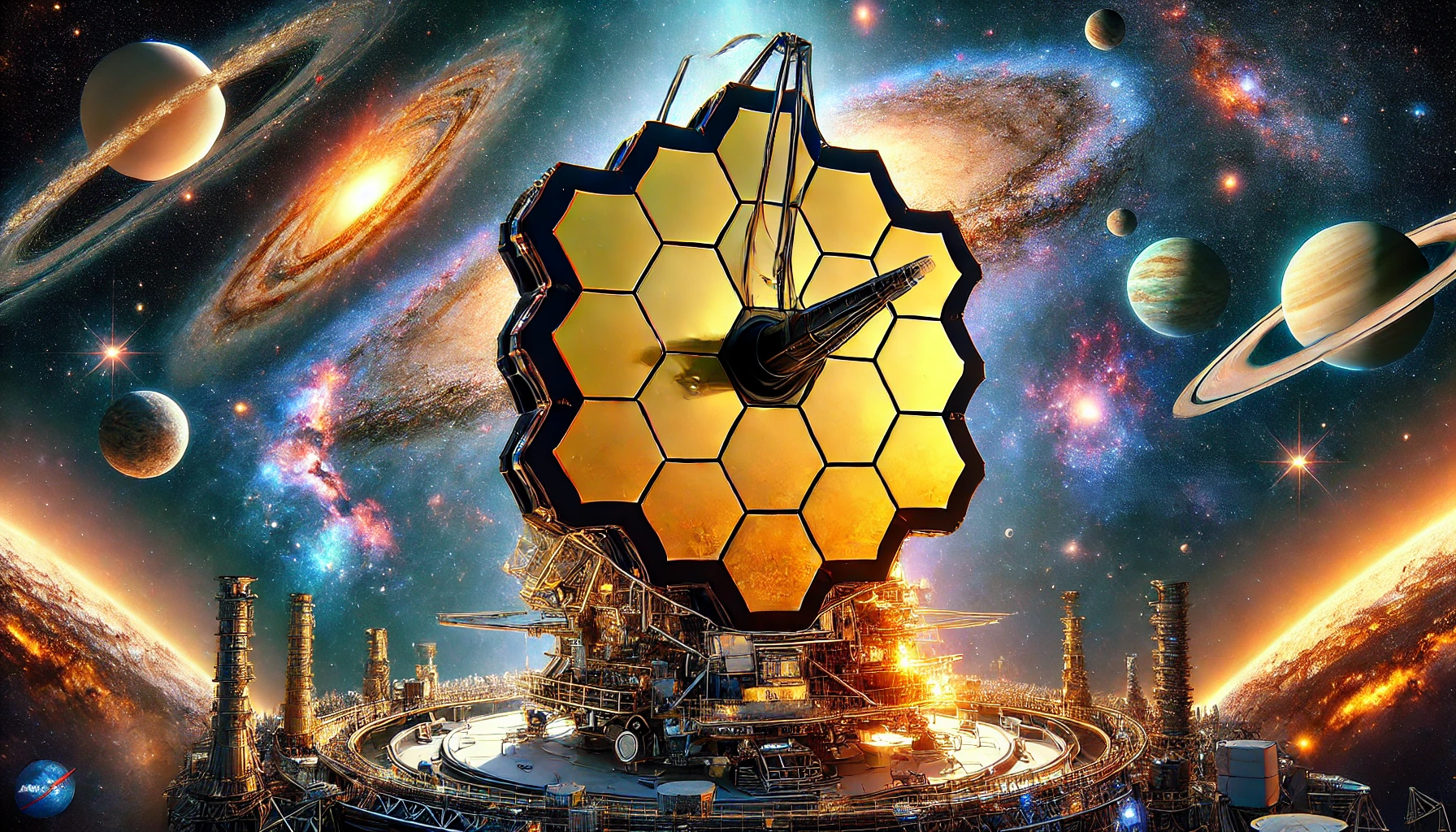
The James Webb Space Telescope (JWST) is one of the top scopes we've ever made, shifting our view of space. With its eye on the infrared and sharp photos, JWST lets experts peek further into space and back in time, looking at galaxies, stars, and planets in new ways.
A top trait of JWST is its skill to catch infrared light, giving a better view through space dust. Unlike the Hubble, which saw with visible light, JWST can see deeper into the universe's past. This is due to redshift, where light stretches to longer waves, moving to the infrared. JWST can thus snap crisp photos of the early cosmos, helping us learn how stars and galaxies first formed over 13 billion years ago.
A famous photo from JWST is the Pillars of Creation, tall shapes of gas and dust where stars are born. With JWST’s sharp infrared pictures, scientists can look into these star-making sites in great detail, showing small patterns and new stars forming. This shows how the scope is showing us processes that were once hidden.
Another big role for JWST is checking out exoplanets, or worlds outside our solar home. Using spectroscopy, it looks at what exoplanet skies are made of. When a world passes in front of its star, light moves through its sky, letting JWST find signs like water vapor, methane, or carbon dioxide. This could lead to finding other livable planets or signs of life.
The tech of JWST is awe-inspiring. The scope has a gold mirror, 6.5 meters wide, and a shield to block heat. The Near-Infrared Spectrograph (NIRSpec), a key piece, was built to study far cosmic stuff, helping experts look at light from some of the oldest galaxies.
Maggie Aderin-Pocock, a mind on the JWST team, says the scope is “science and magic together,” showing how it blends tech with wonder. Her part with others highlights the global teamwork behind this amazing tool.
In the end, the James Webb Space Telescope is more than a gadget for space study; it's a gateway to knowing where the universe began and solving the mysteries of far worlds. Its chance to answer big life, space, and time questions makes it one of the most exciting leaps in today’s science.
